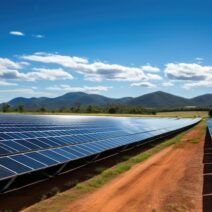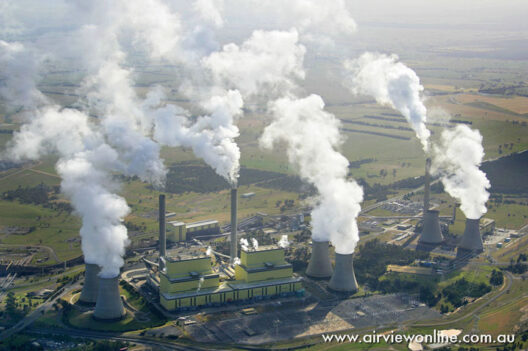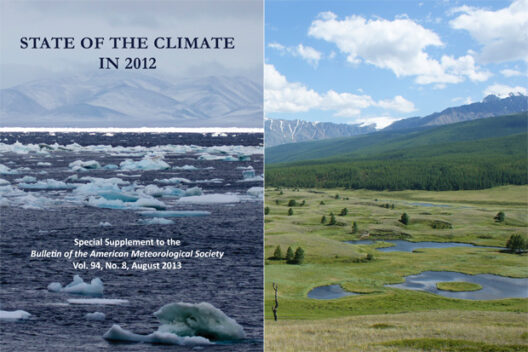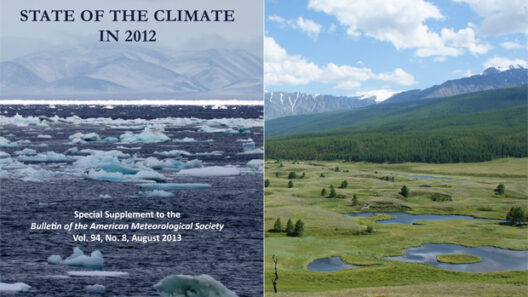Climate anxiety, characterized by persistent worry and distress about the future of the planet and the ramifications of climate change, manifests itself as an emotional and psychological response to environmental degradation. This phenomenon has garnered increasing attention, particularly as the consequences of climate change become more evident and pervasive across the globe. Individuals experience a spectrum of emotions ranging from impotent despair to resolute activism, and this psychological turmoil is exacerbated by the escalating media coverage of climate crises, natural disasters, and scientific warnings. Understanding the intricacies of climate anxiety is crucial, as it encapsulates not just personal feelings of dread but also a societal reflection on the pressing challenges of our time.
The roots of climate anxiety can be traced to a myriad of factors that contribute to an individual’s emotional state. First and foremost, there is the ever-present reality of climate change itself, visible in the rise of extreme weather events, such as hurricanes, wildfires, floods, and droughts. These events not only disrupt daily life but also serve as constant reminders of a warming planet. This immediacy creates a sense of urgency, prompting individuals to confront the stark realities of ecological collapse.
Moreover, the psychological impacts of climate change are amplified by a sense of helplessness. Individuals often feel powerless in the face of such overwhelming challenges, leading to a cyclical pattern of anxiety and inaction. The concept of ecological grief emerges here, highlighting the mourning of losses associated with environmental change. People may grieve for threatened ecosystems, lost species, and the stability of their communities. This grief can be profoundly isolating, as many struggle to articulate their feelings when societal discourse frequently prioritizes optimism or denial over vulnerability and concern.
Cultural narratives play a consequential role in framing our understanding of the climate crisis. The portrayal of environmental issues in artistic works, literature, and social media shapes our collective consciousness, either promoting an apocalyptic narrative or fostering a hope-driven dialogue. However, sensationalized depictions can exacerbate feelings of anxiety as they may induce an overwhelming sense of inevitability regarding environmental collapse. The clash between the desire for positive action and the doom-laden rhetoric serves only to deepen the psychological strain experienced by many individuals.
It is also pertinent to acknowledge the generational dimensions of climate anxiety. Young people, particularly, find themselves at the confluence of climate change and their future prospects. With mounting peer discussions, educational curricula, and campaign movements focused on environmental issues, younger generations are acutely aware of the trajectory of climate change. Consequently, they may grapple with existential fears—contemplating what kind of world they will inherit and the legacy of inaction from previous generations. This heightened awareness can cultivate a potent mix of indignation, frustration, and a yearning for change, which both motivates activism and intensifies anxiety.
In alleviating climate anxiety, individuals adopt various coping mechanisms. Some channel their emotional turmoil into collective action, joining environmental advocacy groups, participating in protests, or engaging in sustainable practices. Community involvement fosters a sense of belonging and empowerment, thereby enhancing resilience against feelings of despair. By partaking in collective efforts, individuals can transform their anxiety into constructive energy, driving change and influencing policy. This collective response underscores the potent synergy between climate anxiety and activism, reframing an individual’s distress into a shared commitment to safeguarding the planet.
On an individual level, there are therapeutic approaches to managing climate anxiety. Counseling and psychotherapy can offer supportive spaces for individuals to express their fears and validate their concerns. Mindfulness practices, cognitive-behavioral techniques, and resilience-building strategies can equip individuals with the tools necessary to cope with their feelings effectively. Furthermore, cultivating a connection to nature can facilitate healing, as immersion in green spaces can invoke feelings of peace and grounding. By fostering an understanding that while personal choices matter, systemic change is imperative, individuals can navigate their anxieties with a balanced perspective.
In educational settings, fostering a culture of environmental literacy can empower individuals to face their fears constructively. The integration of climate science into curricula enables students to comprehend the complexities of climate change better and encourages innovative thinking regarding solutions. Empowering young people with knowledge equips them to advocate effectively, thereby transforming anxiety into a commitment to action and stewardship.
As society continues to grapple with climate change, it is essential to recognize the emotional ramifications of this ongoing crisis. Climate anxiety spotlights a shared human experience, bridging the gap between personal and collective concerns. By addressing the underlying reasons for climate-related fears, we can foster dialogues that empower individuals and encourage commitment to change, enabling a collaborative movement towards a more resilient and sustainable future. The collective responsibility we hold towards our planet transcends individual fears, uniting us in the pursuit of ecological equilibrium and social justice.
In conclusion, climate anxiety is more than a mere emotional phenomenon; it serves as a barometer for our relationship with the environment and underscores the urgent need for collective action and systemic change. By nurturing open conversations about our fears and frustrations, and channeling these experiences into actionable efforts, we can redefine our narrative from one of anxious despair to one of hopeful empowerment, fostering both individual well-being and planetary health.








